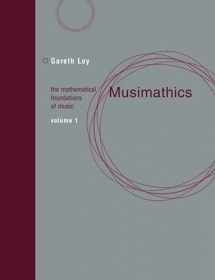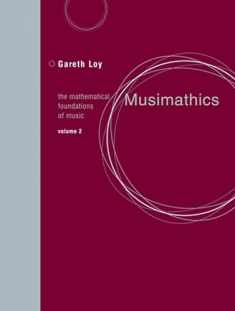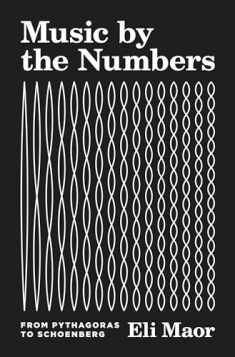
Musimathics, Volume 1: The Mathematical Foundations of Music (Mit Press)
Book details
Summary
Description
A commonsense, self-contained introduction to the mathematics and physics of music; essential reading for musicians, music engineers, and anyone interested in the intersection of art and science.
“Mathematics can be as effortless as humming a tune, if you know the tune,” writes Gareth Loy. In Musimathics, Loy teaches us the tune, providing a friendly and spirited tour of the mathematics of music―a commonsense, self-contained introduction for the nonspecialist reader. It is designed for musicians who find their art increasingly mediated by technology, and for anyone who is interested in the intersection of art and science.
In Volume 1, Loy presents the materials of music (notes, intervals, and scales); the physical properties of music (frequency, amplitude, duration, and timbre); the perception of music and sound (how we hear); and music composition. Calling himself “a composer seduced into mathematics,” Loy provides answers to foundational questions about the mathematics of music accessibly yet rigorously. The examples given are all practical problems in music and audio.
Additional material can be found at http://www.musimathics.com.


We would LOVE it if you could help us and other readers by reviewing the book
Book review





